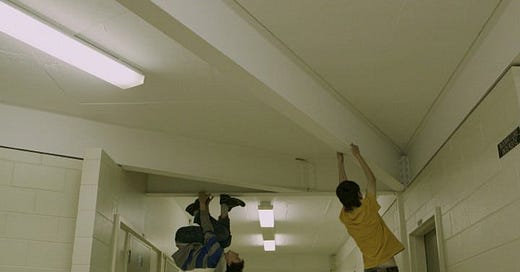Enacting and Reenacting Art: 5 Must-See Films at MoMA’s Documentary Fortnight 2015

Each February, the Museum of Modern Art in New York City presents Documentary Fortnight, a showcase of nonfiction cinema with a particular eye on the way it intersects with contemporary art. It’s an opportunity for smaller, lower profile works of creative nonfiction to shine in just about as high profile an art institution as there is. Yet that doesn’t …
Keep reading with a 7-day free trial
Subscribe to Nonfics to keep reading this post and get 7 days of free access to the full post archives.



